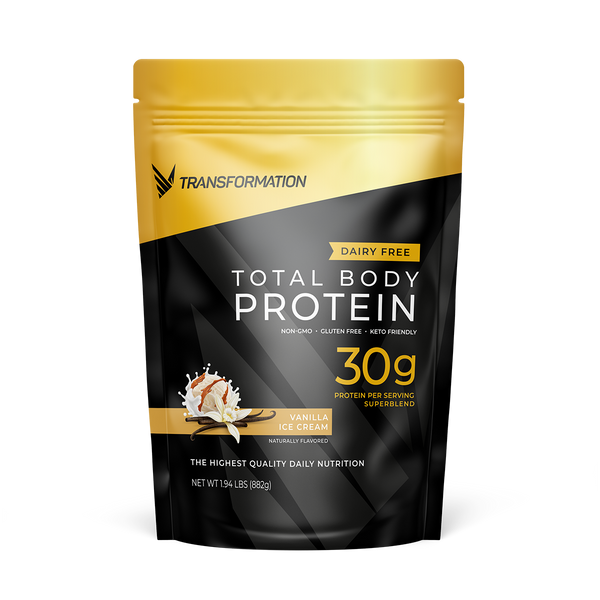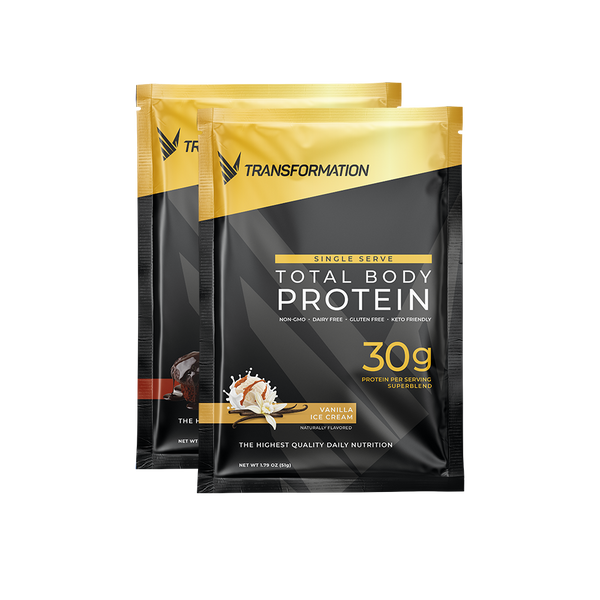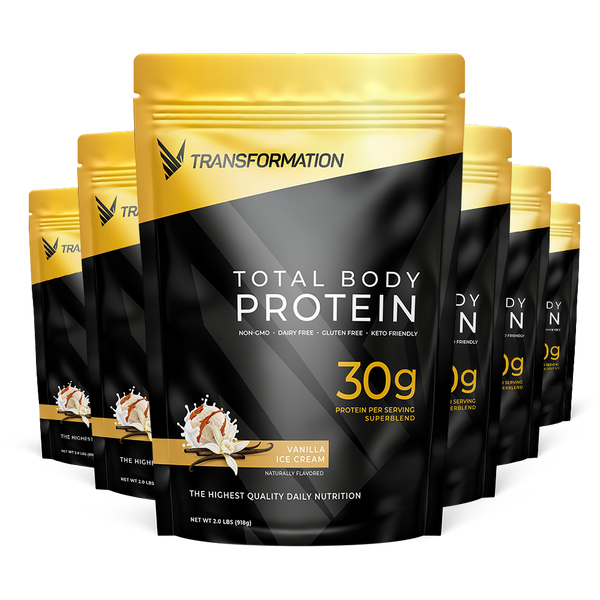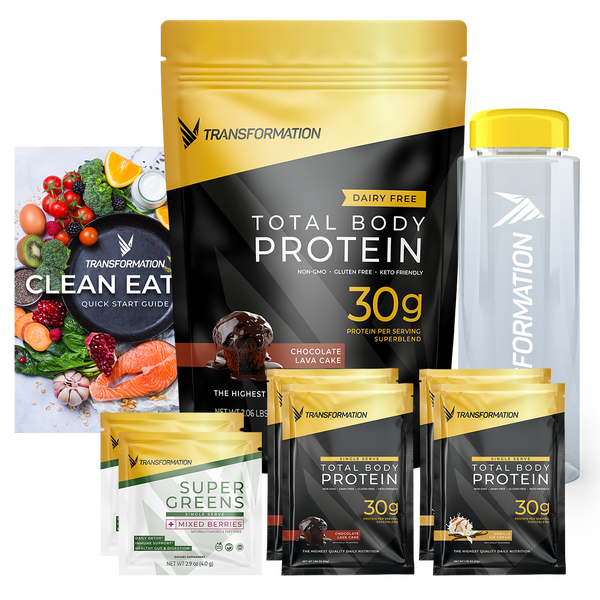
3 Strategies for Mastering the Fat Protein Efficient Body Type Diet
What is Fat Protein Efficient?
Dieting based on your metabolism is a newer concept. Ever notice that some people can eat endless carbs, and lose weight while others see their waistline expand with every extra gram of sugar or carbohydrate? Everyone’s metabolism is different. Figuring out your metabolic type could actually be the key to understanding what you should eat to lose weight.
A new link was discovered between what we ate and how our individual metabolisms processed, stored, and converted it into energy. People process macronutrients in food very differently. The fat protein efficient type (FPE) and fat protein efficient diet plan arose out of this research as a way to lose weight through optimizing your metabolic process. The macronutrient breakdown for the FPE diet is 30% carbs, 30% fat, and 40% protein. But macronutrients are only a small component of success for what is fat protein efficient. You also need to prioritize certain types of fats and proteins to give your body the nutrition it needs to keep your metabolism firing on all cylinders. When done right, it can be the most effective, game-changing way to lose weight.
Starting Your Diet
STEP 1: Determine Your Metabolic Type FirstIn order to make a fat protein efficient diet plan work for you need to determine your metabolic type first. Determining your metabolic type is the first step to understanding whether or not the fat protein efficient diet is right for your body. It tends to be best for people with high metabolisms. Depending on your metabolic type, the macronutrient consumption layed out in the fat protein efficient diet may not be right for you.
Generally, most people fall into one of the three primary metabolic-type diets:
- Fat protein efficient
- a.k.a. fast oxidizers
- Carb efficient
- a.k.a. slow oxidizers
- Mixed metabolism
- a.k.a. normal oxidizers
People that are carb efficient have a metabolism that digests carbohydrates more efficiently than fats or proteins. They feel good and energized from eating more [healthy] whole grains and carbs throughout the day. While the fat protein efficient type has an easier time turning fats and proteins into energy. The fast oxidizer type will be the person who feels sluggish or lethargic after going heavy on the carbs. Normal oxidizer type is the type of person who will metabolize both macronutrients easily.
Unfortunately, there’s no test that can 100% determine what your metabolic type is, however you can take some cues from your food preferences whether or not the FPE diet is best for you.
A good candidate for the fat protein efficient diet is someone who has the following characteristics:
- Substantial appetite
- Prefer savory, salty, and fatty foods
- Don’t enjoy meals filled with carbs
You can also work with a nutritionist or your doctor to answer a series of questions that can guide you towards a metabolic type. Metabolism plays a critical role in what kind of diet will work well for you and naturally no single diet is the best solution for everyone. But eating right is the best path to bring your weight loss and fitness goals to fruition.
Along with the factors above, consider the type of fitness goal for yourself:
- Muscle Bulking
- Muscle Toning
- Losing Weight
Once you know HOW to gain muscle and have created a clear goal, you can start to answer the question “how long does it take to build muscle?” This also includes committing to giving everything you have during every single workout. Work hard and you will see results.
What to Eat
STEP 2: What to Eat for a Fat Protein Efficient Body
Once you understand your metabolic type, you can better tailor foods you eat to align with your health and fitness goals. What to eat when you are fat protein efficient highly depends on your food preferences, but ideally should have a balanced combination of proteins. The ideal macronutrient breakdown for folks who are fat protein efficient is 40 from protein, 30 percent calories come from carbohydrates, and 30 percent from fat.
Here are some wholesome examples of foods that are recommended what to eat when you are fat protein efficient.
- Meat & poultry
- primarily red meat and dark meat chicken
- Organ meats
- chicken and beef liver
- Lean pork loin
- Fatty fishes
- salmon, tuna, or mackerel
- Full-fat dairy products
- Yogurt, butter, cheese, eggs, cream
- Low-sugar fruits
- berries, grapefruit, kiwi, avocado, oranges, melon
- Low-carb greens
- bell pepper, mushrooms, spinach, kale, broccoli, cauliflower
- Nuts
- Legumes
- Seeds
- Oils
- Olive, coconut, avocado, MCT
There are plenty of great meal plan options that can help you avoid carbs. Aim to add in plenty of high protein snacks and protein shakes to make sure you are reaching your daily goals.
Step 3: Supplement Your Fat Protein Efficient Diet with Metabolism Accelerators
Ready to make your diet fat and protein efficient? Once you’ve narrowed down foods for a fat protein efficient body, you can enhance your health and fitness journey with supplements designed for metabolism. Whether you are a fast, slow, or normal oxidizer, stimulating fat metabolism is an important part of transforming your body. A metabolic diet will only work if you have a healthy relationship with food and are willing to cut out the processed food, sugars and complicated carbs. While doing this, many people find it helpful to turn to supplements while they master the Fat Protein Efficient Body Type Diet.
Adding in an additional supplement like Transformation Protein’s CUT can help you achieve your goals effectively and quickly. This proprietary formula speeds up lipid reduction with EGCG from green tea, and L-Carnitine, a highly effective ingredient for weight optimization. Try it in combination with a healthy protein-rich shake or snack to hit all your daily protein calories.






